What insect supercolonies can teach us People have long drawn comparisons between ant societies and human ones, but in fact they are a reminder of
What insect supercolonies can teach us
People have long drawn comparisons between ant societies and human ones, but in fact they are a reminder of how limited our influence on the world really is.
It is a familiar story: a small group of animals living in a wooded grassland begin, against all odds, to populate Earth. At first, they occupy a specific ecological place in the landscape, kept in check by other species. Then something changes. The animals find a way to travel to new places. They learn to cope with unpredictability. They adapt to new kinds of food and shelter. They are clever. And they are aggressive, reported The Guardian.

In the new places, the old limits are missing. As their population grows and their reach expands, the animals lay claim to more territories, reshaping the relationships in each new landscape by eliminating some species and nurturing others. Over time, they create the largest animal societies, in terms of numbers of individuals, that the planet has ever known. And at the borders of those societies, they fight the most destructive within-species conflicts, in terms of individual fatalities, that the planet has ever known.
This might sound like our story: the story of a hominin species, living in tropical Africa a few million years ago, becoming global. Instead, it is the story of a group of ant species, living in Central and South America a few hundred years ago, that spread across the planet by weaving themselves into European networks of exploration, trade, colonisation and war. Some even stowed away on the 16th-century Spanish galleons that carried silver across the Pacific from Acapulco to Manila. During the past four centuries, these animals have globalised their societies alongside our own, reported The Guardian.

Global ant societies are not simply echoes of human struggles for power. They are something new in the world, existing at a scale we can measure but struggle to grasp: there are roughly 200,000 times more ants on our planet than the 100bn stars in the Milky Way.
In late 2022, colonies of the most notorious South American export, the red fire ant, were unexpectedly found in Europe for the first time, alongside a river estuary close to the Sicilian city of Syracuse, reported The Guardian.
There is an alien geopolitics being negotiated by the 20 quadrillion ants living on Earth today.

Some animal societies hold together because their members recognise and remember one another when they interact. Relying on memory and experience in this way, in effect, trusting only friends, limits the size of groups to their members’ capacity to sustain personal relationships with one another. Ants, however, operate differently – they form what the ecologist Mark Moffett calls “anonymous societies”, in which individuals from the same species or group can be expected to accept and cooperate with each other even when they have never met before. What these societies depend on, Moffett writes, are “shared cues recognised by all its members”.
Recognition looks very different for humans and insects. Social insects –ants, wasps, bees and termites– rely on chemical badges of identity. In ants, this badge is a blend of waxy compounds that coat the body, keeping the exoskeleton watertight and clean. The chemicals in this waxy blend, and their relative strengths, are genetically determined and variable, reported The Guardian.
This means that a newborn ant can quickly learn to distinguish between nestmates and outsiders as it becomes sensitive to its colony’s unique scent. Insects carrying the right scent are fed, groomed and defended; those with the wrong one are rejected or fought.
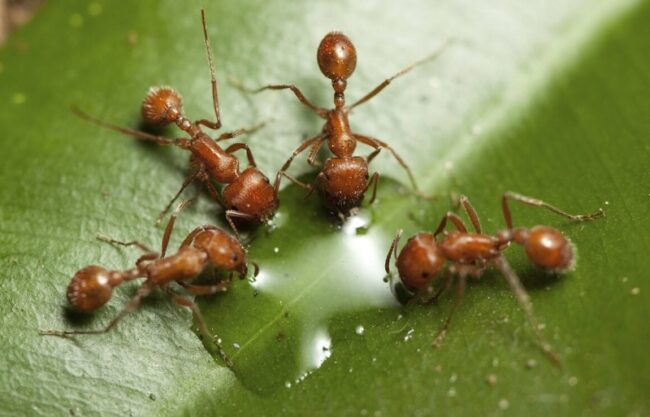
All five of the ants included in the International Union for the Conservation of Nature’s (IUCN) list of 100 of the world’s worst invasive alien species are unicolonial. Three of these species –the aforementioned red fire ant, the Argentine ant and the little fire ant– are originally from Central and South America, where they are found sharing the same landscapes, reported The Guardian.
It is likely that the first two species, at least, began their global expansion centuries ago on ships out of Buenos Aires. Some of these ocean journeys might have lasted longer than a single worker ant’s lifetime.
Unicolonial ants are superb and unfussy scavengers that can hunt animal prey, eat fruit or nectar, and tend insects such as aphids for the sugary honeydew they excrete, reported The Guardian.
When these ants show up in new places, they can make their presence felt in spectacular fashion. An early example comes from the 1850s, when the big-headed ant, another species now listed on the IUCN’s Top 100, found its way from Africa to Funchal, Madeira’s capital. “You eat it in your puddings, vegetables and soups, and wash your hands in a decoction of it,” complained one British visitor in 1851, reported The Guardian.
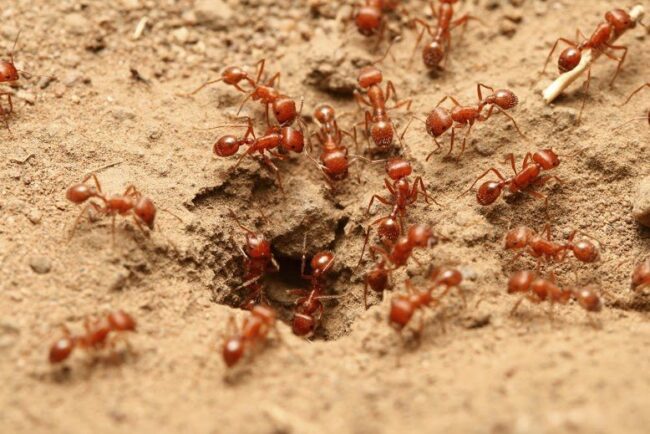
When the red fire ant, probably the best-known unicolonial species, spread through the US farming communities surrounding the port of Mobile, Alabama, in the 1930s, it wreaked havoc in different ways. “Some farmers who have heavily infested land are unable to hire sufficient help, and are forced to abandon land to the ants,” was how the entomologist EO Wilson described the outcome of their arrival. Today, the red fire ant does billions of dollars of damage each year and inflicts its agonising bite on millions of people.
Human inconvenience pales in comparison with the ants’ effects on other species.Exploring the countryside around New Orleans in 1904, Edward Titus sent in 1904 by the US Bureau of Entomology found the Argentine ant overwhelming the indigenous ant species, bearing away the corpses, eggs and larvae of the defeated to be eaten: “column after column of them arriving on the scene of battle”. Other entomologists at the time learned to recognise the disappearance of native ants as a sign of an invader’s arrival.
People who found themselves living in the path of ant plagues learned to stand the feet of their cupboards, beds and cots in dishes of paraffin. However, this was not a longterm solution: killing workers away from the nest achieves little when most, along with their queens, remain safe at home, reported The Guardian.
The Argentine ant has arrived in South Africa, Australia, New Zealand and Japan, and even reached Easter Island in the Pacific and Saint Helena in the Atlantic. Its allegiances span oceans: workers from different continents, across millions of nests containing trillions of individuals, will accept each other as readily as if they had been born in the same nest. Workers of the world united, indeed. But not completely united, reported The Guardian.
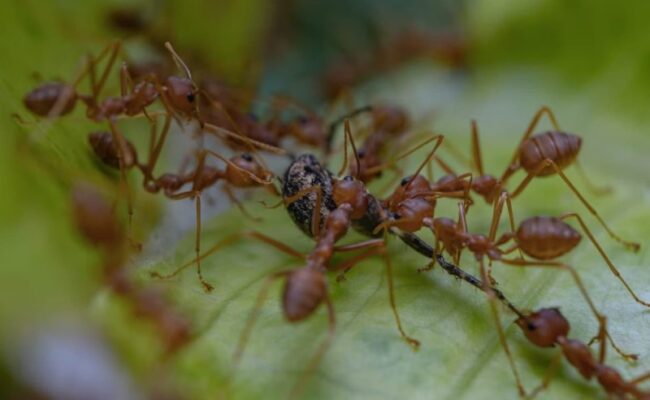
Expanding in parallel with the world-spanning supercolony are separate groups of the Argentine ant that bear different chemical badges, the legacy of other journeys from the homeland. Same species, different “smells”. In places where these distinct colonies come into contact, hostilities resume.
In the very long term, the fate of unicolonial societies is unclear. A survey of Madeira’s ants between 2014 and 2021 found, contrary to fears that invasive ants would wipe the island clean of other insects, very few big-headed ants and, remarkably, no Argentine ants, reported The Guardian.
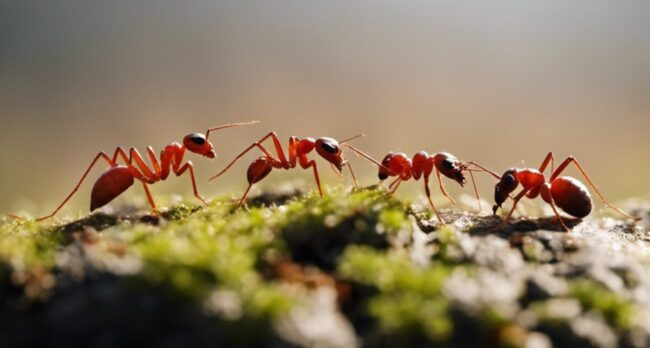
Invasive ants are prone to population crashes for reasons that aren’t understood, but may be related to genetic homogeneity: a single colony of Argentine ants in their homeland contains as much genetic diversity as the whole of California’s state-spanning supercolony. As with inbred species everywhere, this may make them prone to disease.
Unless natural selection turns against them, one of the most effective curbs on unicolonial ants is other unicolonial ants. In the south-eastern US, red fire ants seem to have prevented the Argentine ant forming a single vast supercolony as it has in California, instead returning the landscape to a patchwork of species, reported The Guardian.
In southern Europe, however, the Argentine ant has had a century longer to establish itself, so, even if the fire ant does gain a European foothold, there’s no guarantee that the same dynamic will play out.
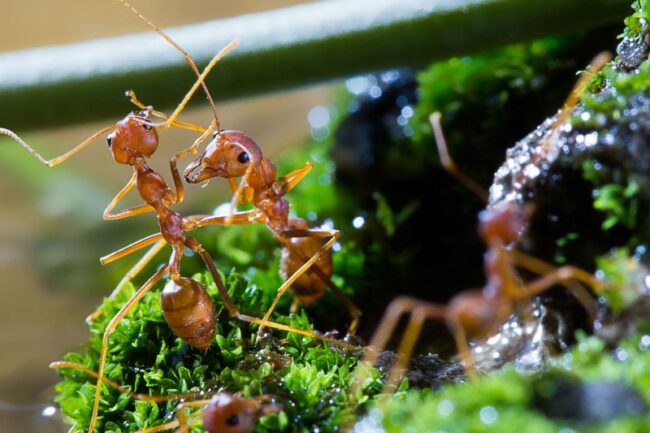
The more I learn, the more I am struck by the ants’ strangeness, rather than their similarities with human society. There is another way to be a globalised society, one that is utterly unlike our own. I am not even sure we have the language to convey, for example, a colony’s ability to take bits of information from thousands of tiny brains and turn it into a distributed, constantly updated picture of their world, reported The Guardian.
Even “smell” seems a feeble word to describe the ability of ants’ antennae to read chemicals on the air and on each other. How can we imagine a life where sight goes almost unused and scent forms the primary channel of information, where chemical signals show the way to food, or mobilise a response to threats, or distinguish queens from workers and the living from the dead?
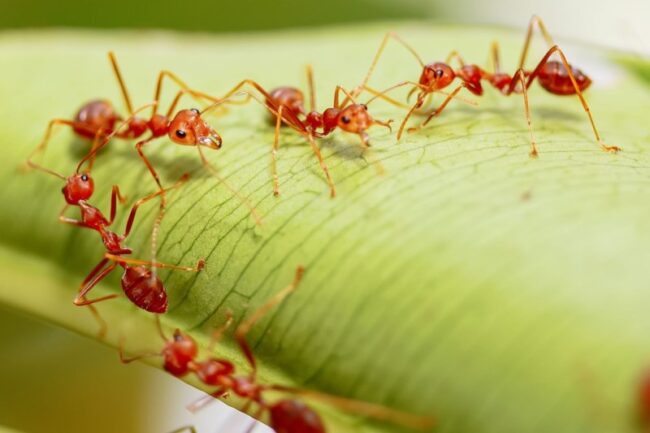
Calamities follow in the wake of globalised ant societies. Most troubling among these is the way that unicolonial species can overwhelmingly alter ecological diversity when they arrive somewhere new. Unicolonial ants can turn a patchwork of colonies created by different ant species into a landscape dominated by a single group. As a result, textured and complex ecological communities become simpler, less diverse and, crucially, less different to each other, reported The Guardian.
The scale and spread of ant societies is a reminder that humans should not confuse impact with control. We may be able to change our environment, but we’re almost powerless when it comes to manipulating our world exactly how we want. The global society of ants reminds us that we cannot know how other species will respond to our reshaping of the world, only that they will, as reported by The Guardian.
All Credit To: theguardian.com


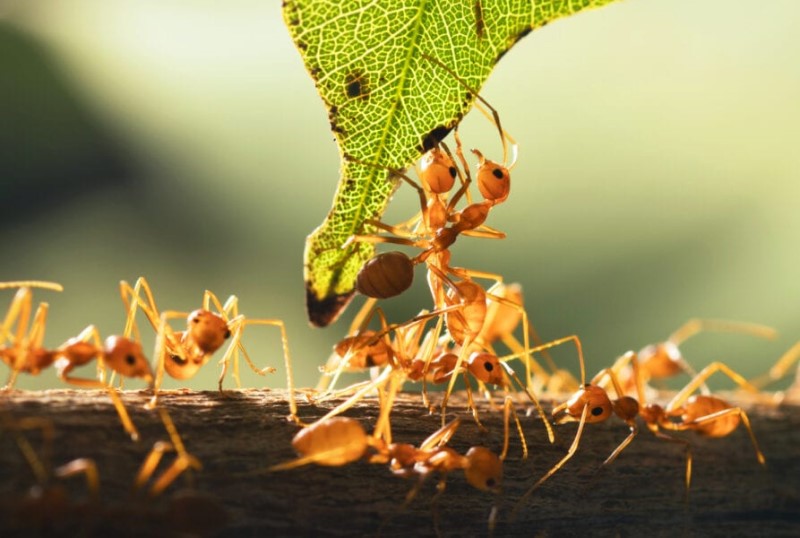
COMMENTS